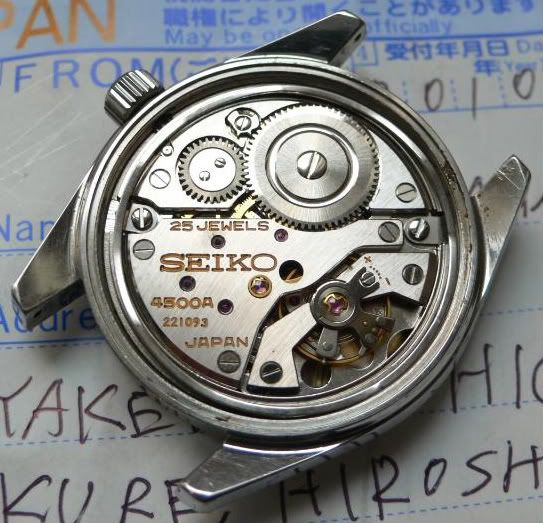Others have touched on it here, but the co-axial escapement is not that much of an improvement over the traditional lever escapement (also known as the anchor escapement.) The lever is a relatively simple design, it is easy to make, and given the proper maintenance, will last a long, long long time.
In fact, with new advances in grease/oil technology, the service interval and wear of a lever escapement can be increased considerably. For example, Moebius 9415 is a grease that liquifies under pressure, so when it is placed on the face of the pallet stone, it will stay in place and not migrate off the face of the stone, but when it strikes the escapement tooth, it liquifies to the consistency of a very light, thin oil so the drag on the movement is minimal.
When engineered right is will be either more reliable or give better performance. Not a revolutionary but nevertheless very real.
The increased cost of and the need for a very high level of precision in the manufacture of its component parts and their assembly, are not compensated for by proportionally higher accuracy or increase in service life. Further, it the tolerances are relaxed to allow for mass production, the gains disappear.
The problem is Omega alludes that their co-axials are the equal of those hand-made co-axials by George Daniels. They aren't. They are simply a movement that provides approximately the same level of performance as a traditional lever escapement movement with a different design escapement.
Kind'a like the Mazda RX-series with the Wankel engine....
Originally Posted by Huertecilla







 Reply With Quote
Reply With Quote


 time for me to find out through an article that ´nothing´ had changed since the 17th century: the lubrication is the problem. The lubricants oxidise and need refreshing after about 5 years. Allthough the co-axial escapement is conceived to go without, óther parts still need it.
time for me to find out through an article that ´nothing´ had changed since the 17th century: the lubrication is the problem. The lubricants oxidise and need refreshing after about 5 years. Allthough the co-axial escapement is conceived to go without, óther parts still need it.

